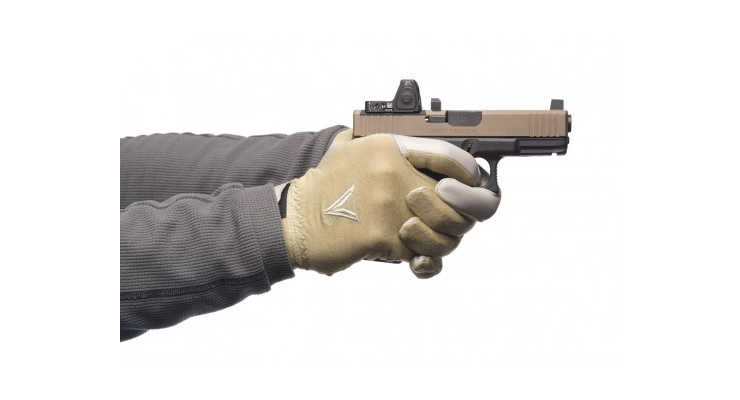One of the fundamentals of accurate shooting is “trigger control.” From the first day on the range in the academy, police officers are taught that proper trigger control, along with a good sight picture, will put holes in the target even when your stance and grip are not perfect.

Police officers are told to “press the trigger smoothly to the rear in one continuous motion.” We could get into the semantics of “pressing” the trigger vs. “pulling the trigger,” but the idea is the same: smooth, straight back, one continuous motion.
With practice, any physical activity can become ingrained into your body to the point that the action no longer needs conscious thought. This is usually called “muscle memory” though the science is far more in-depth than the term suggests.
Muscle memory is important to police officers who often are dealing with high-stress situations, where thinking about simple tasks can slow you down and get you hurt. For example, you should have drawn your firearm enough times in the academy that when you hit the streets in field training, you could draw your gun without thinking about the steps needed to accomplish the task.
Learning to properly work the trigger on your service pistol can also become learned muscle memory. It just takes good practice. Dry fire practice is one of the techniques that I’ve always used and taught others to use. One of the best competitors in the world, Rob Leatham, also supports the use of dry fire practice in training.
The one concern I’ve always had is with the auto-pistols using the “normal” double action/single action (DA/SA) trigger pull. The concept is: for the first shot, the officer has a long double action pull so he doesn’t accidentally shoot someone that doesn’t need shooting. All follow-up shots are single action.
Ignoring the ideas of target identification and keeping your finger off the trigger until you are on target and are going to shoot, my concern is with the mechanical change of the way the gun performs in the middle of combat.
Gary Paul Johnston wrote an article about trigger consistency in the July 2007 edition of Guns and Weapons for Law Enforcement magazine. Johnston wrote “I believe the trigger of a firearm should operate one way and exactly the same way every time.” I agree. Learning how to shoot two different styles of trigger would seem to require twice as much time and practice.
Johnston also details how his former department transitioned from DA-only revolvers to DA/SA pistols and the qualification scores went down. Johnston then details how the scores went back up after his police department transitioned to a pistol with a consistent trigger pull.
Based on my own experiences, I am with Johnston’s evaluation of triggers. I’m not going to tell you that this one is better than that one, but I can tell you that consistent trigger will tend to lead to more accurate shooting.
Examples of the consistent trigger pull on a pistol include the Glock, the M&P line from Smith and Wesson, and the DAK-type trigger available on SigArms pistols. Ruger even introduced a new trigger assembly for the AR-style rifle in an attempt to provide a better, more consistent trigger pull.
Something that is sometimes overlooked is the importance of gloves in the equation. Thick gloves can impair a good trigger press. Fortunately, there are a number of companies who are tacking this problem. For example, Velocity Systems makes something called the Trigger Glove.